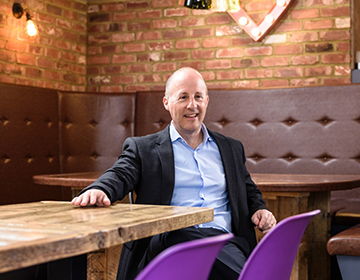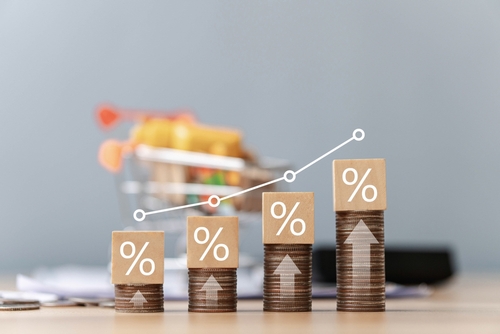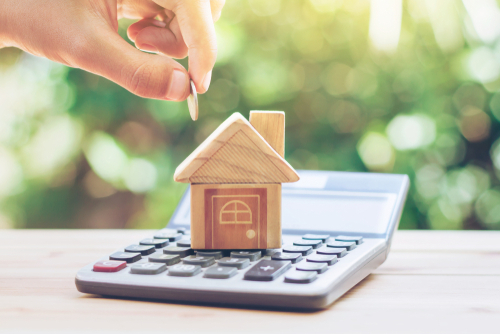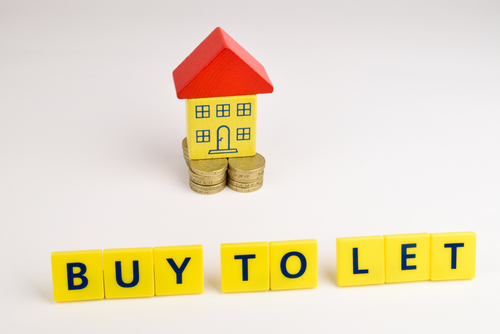The average new mortgage fell to just 3.47% in the three months to June, the lowest figure ever recorded, according to new Bank of England figures.
But this figure, down from 3.65% in Q1, could mark the bottom of the market, as rates have started creeping up since the figures were compiled.
Gross new lending has also hit its highest level since the Bank started collecting figures in 2007, rising 23% on Q1 to £41.6 billion.
That is the highest recorded percentage increase between Q1 and Q2, as the combined impact of the Funding for Lending Scheme and Help to Buy cuts mortgage rates and attracts buyers.
Loans typically rise in the second quarter, but this year was especially strong, with the number of advances 13% higher than in the same quarter in 2012.
The first-time buyers revival continues apace, the figures show, with a 31% rise in the value of residential loans to £8 billion, a rise of £1.9 billion.
In more good news for the property market, the number of new arrears cases have fallen at a record low.
Despite these positive figures, the overall value of the residential loan amounts outstanding of £1,330 billion is up just 0.1% in the quarter, as many borrowers continue to pay their debts down.
There was a slight rise in the proportion of high-LTV loans of 90% or more, up from 2.1% to 2.5% over the quarter.
But Ray Boulger at John Charcol, said mortgage rates can only go in one direction now: “It’s safe to say these are the lowest average rates we’ve ever had, partly because the Bank of England’s base rate is the lowest it has ever been.
“But since these figures were compiled the rates have started edging up again, so for anyone thinking about remortgaging it acts as a reminder that switching to a fixed rate mortgage is a good thing to do. There is little merit in hanging around because rates are not going to get any cheaper.”















Comments